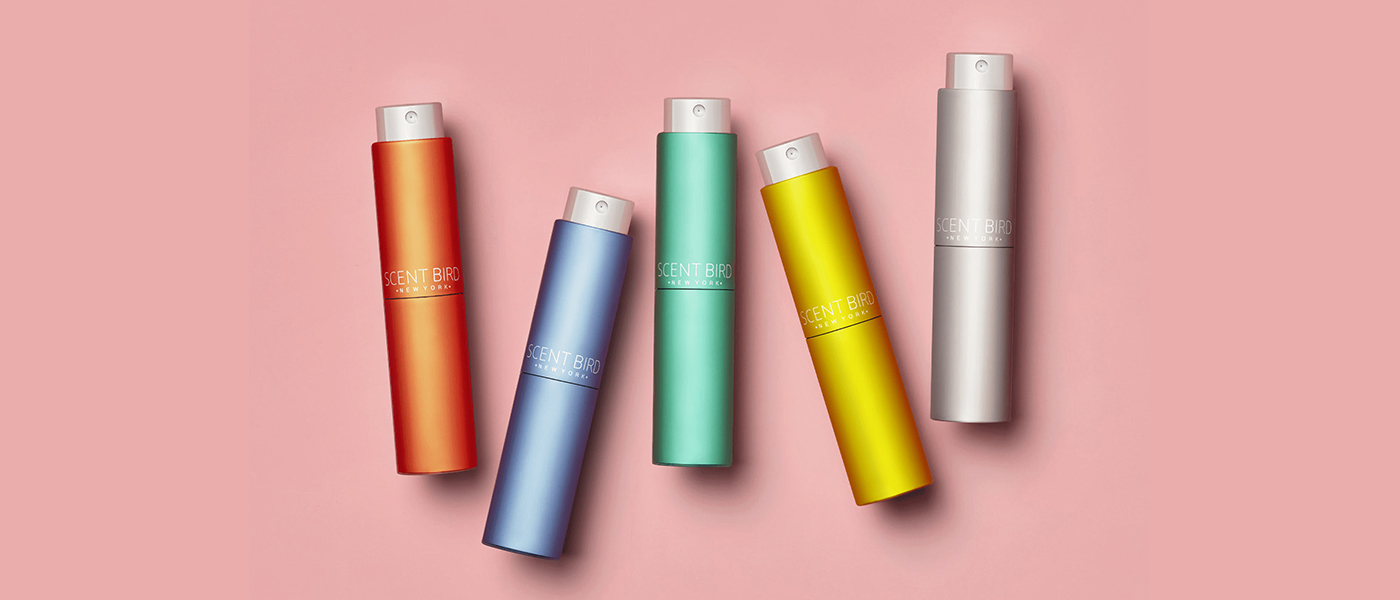During the pandemic, fragrance played a profound role in consumers lives. To understand how consumer behavior shifted in the category during this time, luxury fragrance subscription service, Scentbird, recently conducted a survey among its database to uncover how the pandemic impacted their usage, purchasing behavior and future plans for discovery. Some key findings include:
- During the pandemic, both genders (46.5 percent of women and 48.2 percent of men) reported being experimentative with fragrance discovery despite having to search online.
- A majority of respondents (43.1 percent of women and 35.9 percent of men) said that during lockdown, the primary motivation for wearing fragrance was to boost their mood.
- For the immediate future, a majority of female respondents (54.8 percent) expect to utilize a hybrid approach, both in retail and online, to find new scents, while most male respondents (47.2 percent) say they will stick with online discovery.
Here, CEW Beauty News spoke to Mariya Nurislamova, CEO, Scentbird, about the insights gleaned from the survey, including the types of scents consumers searched for the most and which notes rose in popularity.
Beauty News: What was one of the main takeaways from the survey?
Mariya Nurislamova: From the study we saw that people were shopping across the spectrum, looking at both well-known and up-and-coming brands. They were still discovering new brands and fragrances digitally despite the fact they couldn’t physically smell it in stores. The category was more resilient to the pandemic than one could imagine.
BN: What types of scents were consumers on your platform gravitating towards during lockdown?
MN: Fresh and clean-smelling scents were more popular. People were looking for something that wears closer to skin, doesn’t take up the whole room and is appropriate for daily wear. Naturally, we saw much fewer searches for ‘date night,’ ‘office,’, ‘vacation’ and ‘workout’ fragrances. People were mostly searching for ‘everyday’ fragrances. Spray remains the favorite delivery system, especially for men, with only 3 percent preferring the rollerball (vs 7.8 percent women).
BN: How active were men in scents during this time?
MN: In our survey, 37 percent of men (vs 31 percent of women) noted that their consumption of the category went down. While this is not a drastic difference between genders, it shows men are more likely to give up fragrance than women.
BN: What ingredients/notes have been most popular? Did the pandemic influence or impact these ingredient choices?
MN: Based on our data, consumption of fragrances with the different kinds of ‘roses’ went up. This includes wild rose, white rose and peony. We saw a strong correlation between rose-based fragrance popularity and the pandemic. In general, florals remained popular and even gained momentum across the board. On the other hand, the various types of ambers were less popular, some citruses also lost momentum (e.x.: mandarin). This could be correlated to the fact a lot of citruses go into creating colognes and men’s consumption was lower than usual.
On July 13, CEW will be hosting its 2021 Beauty Creators Finalists Reveal, where for the first time an entire (virtual) event will be dedicated to sharing this year’s CEW Beauty Awards Finalists. Join the beauty industry next month to hear dozens of experts speak on a variety of beauty topics and trends, and to learn the Finalists in scent and 28 other categories, by clicking here.





